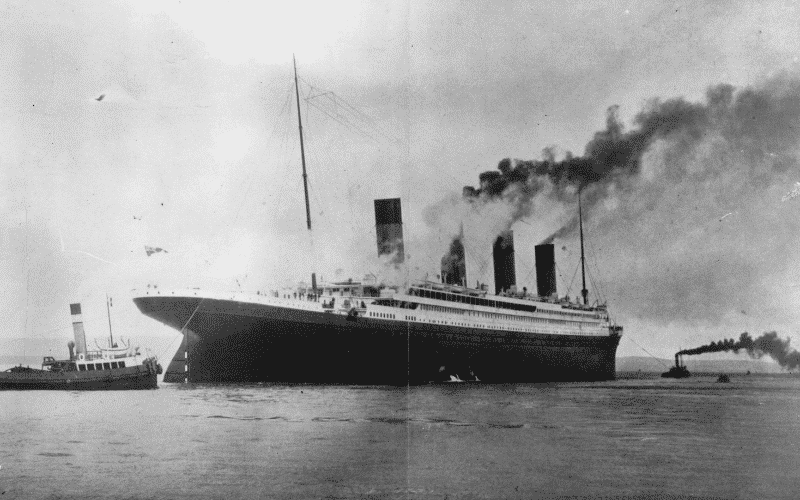The sinking of Titanic: A Tragic Event In History That Shook The World

On April 16, 1912, the unsinkable ship, Titanic sank into the depths of the Atlantic ocean, taking with it the lives of over 1,500 passengers and crew members. This tragic event shook the world to its core, and its memory still lingers to this day.
The Titanic was the largest ship of its time and was built to be unsinkable. It was supposed to be a luxury liner for the wealthy, and on its maiden voyage, it set out from Southampton, England to New York City with over 2,200 people on board. At 11:40 pm on April 14, the ship struck an iceberg, and within hours, it had sunk to the bottom of the ocean.
The Titanic was not equipped with enough lifeboats to save all of the passengers and crew members, and many people died from hypothermia or drowning. The sinking of the Titanic led to significant changes in safety regulations for ocean liners and sparked a renewed interest in safety features for ships.
This tragedy also led to some powerful stories of heroism and sacrifice. Men put women and children onto lifeboats and stayed behind to go down with the ship. Some passengers helped others to safety, even if it meant risking their own lives.
In the years since the sinking of the Titanic, there have been many books, movies, and documentaries about this event. The story of the Titanic continues to fascinate people because of its scale, the hubris of those who built it, and the humanity of those who were on board.
Despite the years that have passed since the sinking of the Titanic, the memory of this tragedy remains strong. The story of the Titanic serves as a reminder of the fragility of human life and the importance of taking precautions to keep ourselves safe.